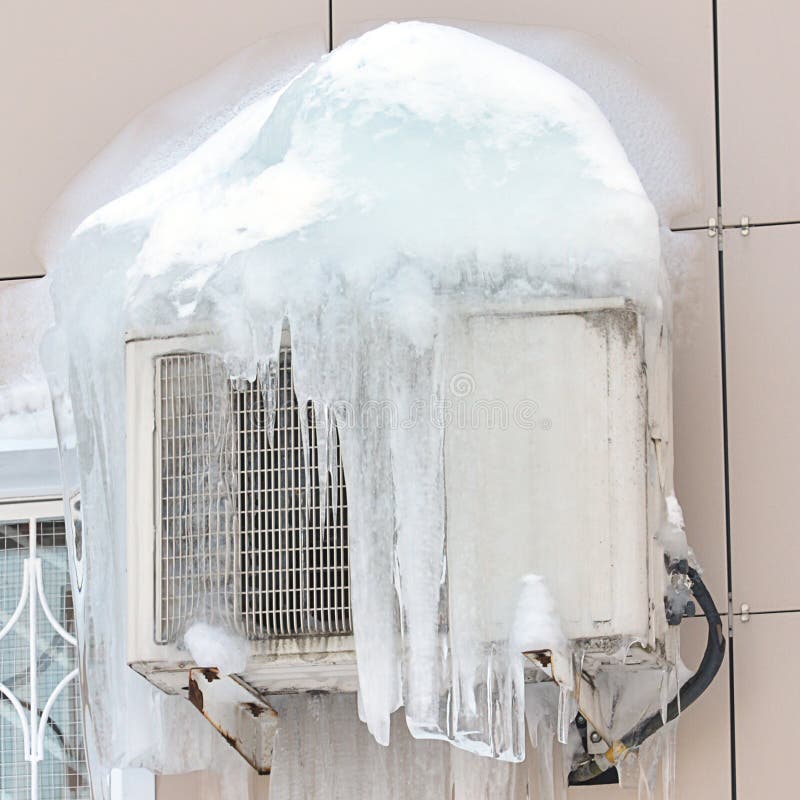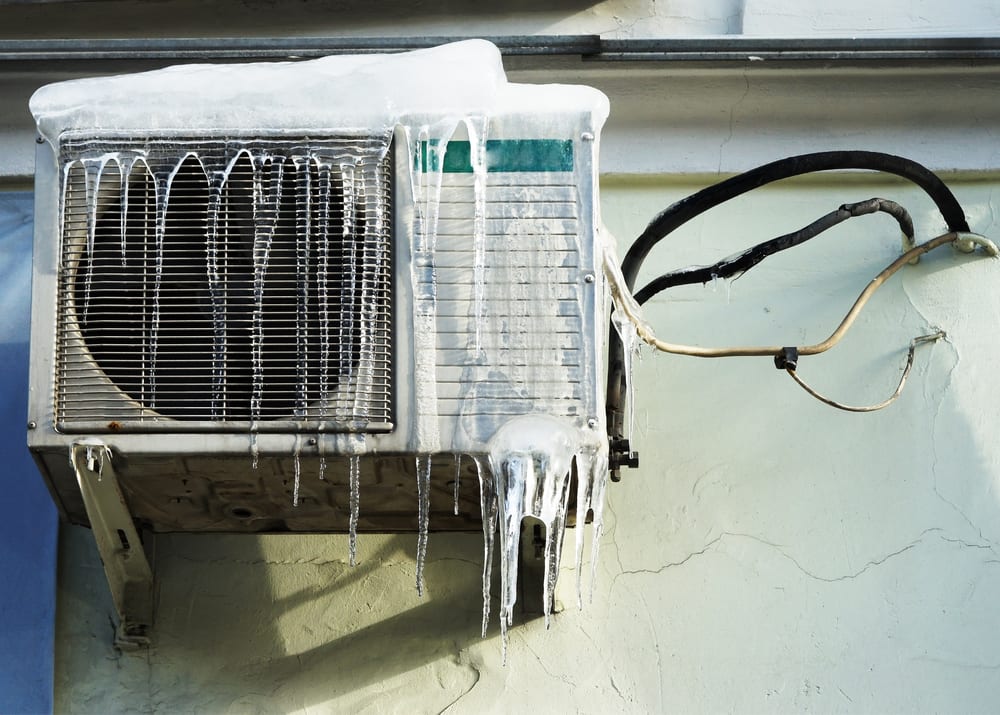Actions to Take When Your AC Pipe Freezes: Key Tips
Actions to Take When Your AC Pipe Freezes: Key Tips
Blog Article
We've uncovered this post relating to Air Conditioner Frozen? How To Fix your Frozen AC Line below on the net and accepted it made perfect sense to share it with you in this article.

Intro
Uncovering that your air conditioning pipeline is frozen can be worrying, especially throughout warm summertime when you rely upon your a/c the most. Recognizing what to do in such a situation is essential to stop more damages to your air conditioning system and ensure your convenience inside your home.
Comprehending the Causes
Several variables can add to the freezing of an a/c pipeline. Understanding these causes can help you resolve the concern effectively.
Absence of Airflow
One usual cause of a frozen air conditioner pipeline is inadequate air flow. When the air movement over the evaporator coil is restricted, it can cause the coil to drop below freezing temperature level, resulting in ice development on the pipeline.
Low Refrigerant Levels
Insufficient refrigerant levels in your air conditioning system can also lead to an icy pipeline. Low refrigerant degrees can trigger the stress in the system to go down, resulting in the freezing of dampness on the evaporator coil.
Winter Conditions
In colder climates, freezing temperatures outside can add to the freezing of AC pipes. If your a/c device is not correctly shielded or if there are leakages in the ductwork, cool air can infiltrate the system, causing the pipeline to freeze.
Dirty Air Filters
Dirty or blocked air filters can restrict air flow in your a/c system, bring about numerous concerns, consisting of a frozen pipe. It's essential to change or cleanse your air filterings system regularly to ensure correct air flow and stop ice build-up.
Indicators of a Frozen AC Pipe
Recognizing the indications of a frozen air conditioning pipe is critical for prompt action.
Reduced Airflow
If you observe a significant decline in air movement from your vents, it might show an icy pipeline.
Ice Buildup on the Pipe
Noticeable ice buildup on the refrigerant line or the evaporator coil is a clear indicator of an icy air conditioning pipeline.
Odd Sounds from the Unit
Unusual sounds, such as hissing or bubbling, originating from your AC unit can signal that there's ice existing on the pipeline.
Immediate Actions to Take
When confronted with an icy a/c pipeline, it's essential to act quickly to prevent further damage to your cooling system.
Shutting off the air conditioning
The initial step is to turn off your air conditioner to stop the system from running and aggravating the problem.
Checking for Blockages
Check the area around the interior device for any kind of obstructions that might be blocking air movement, such as furnishings or curtains.
Defrosting the Pipe
You can use gentle methods like putting towels taken in cozy water around the icy pipe to help thaw it gradually.
Safety nets
Taking preventive measures can help avoid future incidents of an icy air conditioner pipeline.
Routine Maintenance Checks
Arrange normal maintenance consult a specialist HVAC service technician to make certain that your a/c system is running effectively.
Altering Air Filters
Consistently change or cleanse your air filters to avoid air movement limitations and preserve optimum performance.
Insulating Exposed Pipes
If your air conditioning pipes are revealed to chilly temperatures, consider shielding them to stop cold during winter season.
Seeking Professional Help
If DIY approaches fall short to fix the issue or if you're not sure regarding exactly how to continue, it's finest to look for help from a certified HVAC professional.
When DIY Methods Fail
If your attempts to thaw the pipe or address other concerns are unsuccessful, it's time to call a specialist.
Significance of Hiring a Professional HVAC Technician
A licensed HVAC service technician has the proficiency and tools necessary to detect and repair problems with your air conditioning system securely and effectively.
Conclusion
Dealing with an icy air conditioner pipe can be a discouraging experience, yet recognizing just how to respond can help decrease damage and recover comfort to your home. By understanding the causes, identifying the indicators, and taking timely action, you can properly attend to the issue and stop future events.
Frozen AC Line: Why It Happens & What To Do About It
A frozen AC line can be a rather peculiar sight in a place like Phoenix, Arizona where nothing ever freezes. In this post, we’ll discuss what makes an air conditioner line frozen – and what you can do about it.
Dirty Air Filters
Did you know that you should be cleaning or replacing your air filters on a monthly basis? Failing to do this can result in airflow issues that, in turn, cause your evaporator coils and lines to freeze over. You’ll notice a buildup of ice on both components, although the buildup on your pipes will, of course, be more evident unless you open your air condition up to reveal the coils.
What To Do About It
Give your air filter a good cleaning if it’s reusable. If not, replace the filter outright. Next, switch your air conditioner’s fan setting on and leave it there for 2-3 hours. This will draw warm air in, helping to thaw your evaporator coil. You can also check out this article for some tips on cleaning the coils themselves if you’d like to speed the process up. Before you switch the unit back to its normal state, make sure the supply vents are completely unobstructed and free of dust or other debris.
If you keep having this issue even after replacing your filters regularly, contact a local HVAC repair company and have them inspect your evaporator coil, ductwork, and any other components that may be at fault. If you live in the Phoenix, Arizona area, give American Home Water and Air a call.
Low Refrigerant Levels/Leakage
What To Do About It
Contrary to what air conditioner “recharge” companies often tell their clients about refrigerant, it should never need to be simply refilled. You see, refrigerant runs in what experts refer to as a “closed loop.” Refrigerant really shouldn’t be leaving that loop. If it is, you’ve got a leak.
Paying someone to come and pump more refrigerant into your system (aka “recharge” it) isn’t the solution. Doing that will simply kick the can down the road. Besides, refrigerant leaks can be harmful to the environment and people in your home.
Rather, you need to take care of the leak with the help of a technician. Check out this article for some more information about dealing with air conditioners that are leaking refrigerant. Before you contact a technician, switch your thermostat to the off position. Then, switch the fan setting on and let it run for 2-3 hours so the unit can thaw.
Improper Temperature Setting
Improper temperature settings can also cause a drop in your air conditioner’s pressure. What many people don’t realize is that air conditioners are actually designed to run when temperatures have fallen above roughly 60 degrees Fahrenheit. If you run the unit when it’s cold outside, you’ll run into many issues, including frozen components.

I'm just very taken with How can I fix an air conditioner’s frozen pipe? and I hope you appreciated the post. Sharing is nice. You won't know, you may very well be doing someone a favor. Bless you for your time. Visit again soon.
Book Instantly Report this page